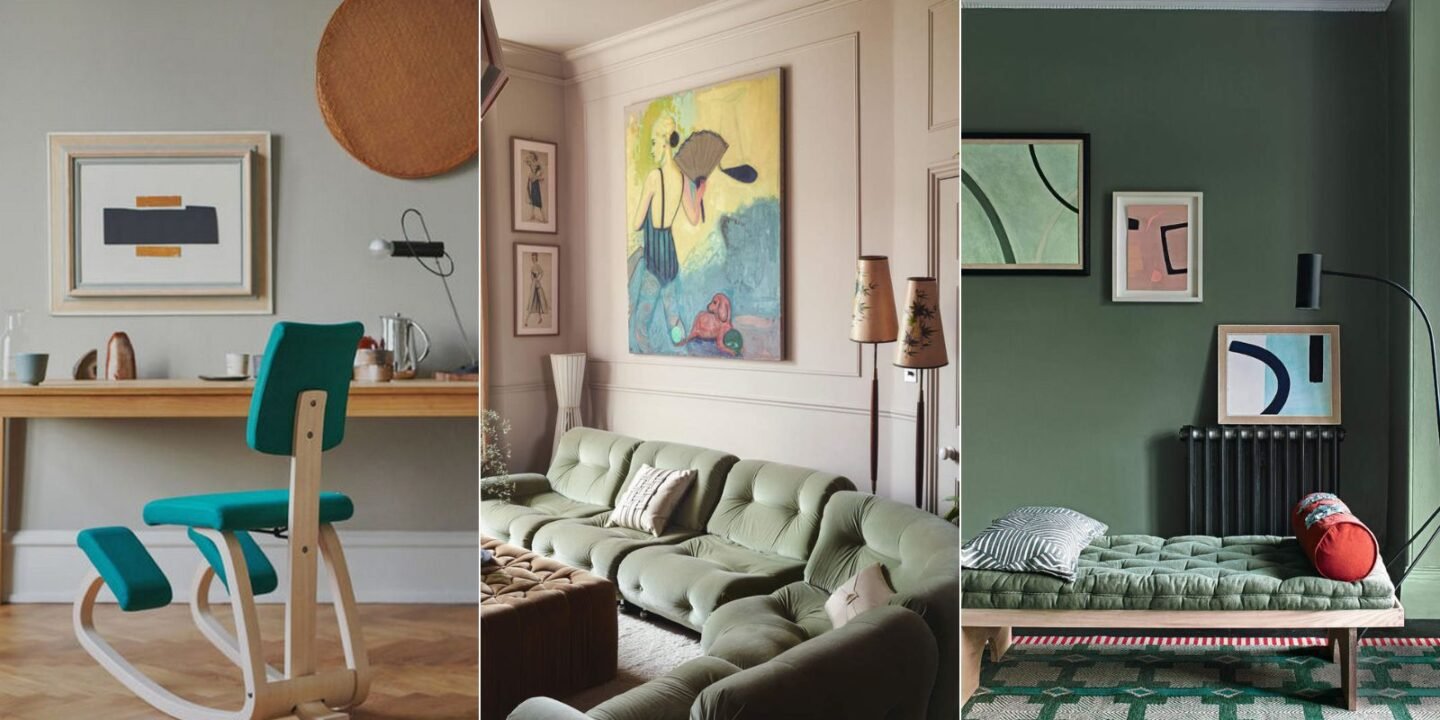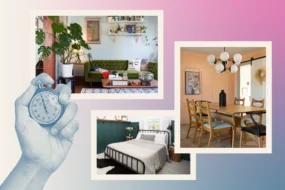
Introduction
Your home is more than just four walls—it’s a space that influences how you feel every single day. Have you ever walked into a room that instantly relaxed you? Or maybe into one that felt overwhelming, even though it was beautifully decorated? That’s the power of sensory design.
A sensory home is a living environment that stimulates your senses in positive ways—sight, sound, touch, smell, and even taste—to enhance your mood, productivity, and overall well-being. In this guide, we’ll explore how you can remodel your home with sensory-friendly design principles so that every room feels like a sanctuary.
Why Sensory Design Matters
We spend around 90% of our lives indoors—most of that in our homes. Our environments affect our emotions, mental health, and even physical well-being. Poor lighting, loud echoes, clutter, and harsh textures can cause stress and fatigue, while thoughtful sensory design can improve focus, reduce anxiety, and encourage relaxation.
Step 1: Designing with Light (Sight)
Light has the biggest impact on our mood and circadian rhythm.
- Maximize natural light: Use large windows, skylights, or glass doors to invite sunlight in.
- Layered lighting: Combine ambient (overhead), task (reading lamps), and accent lighting (LED strips, wall sconces).
- Circadian lighting: Smart bulbs that adjust brightness and warmth throughout the day help regulate sleep cycles.
- Color psychology: Soft blues and greens calm the mind, while yellows energize and uplift.
🔹 Interactive Idea: Try replacing one bulb in your bedroom with a dimmable smart bulb. Use warmer tones before bed for relaxation and cooler tones in the morning to wake up naturally.
Step 2: Designing with Acoustics (Sound)
Sound quality can transform a room’s atmosphere.
- Soft furnishings like rugs, curtains, and upholstered furniture absorb echoes.
- Soundproofing with acoustic panels, cork walls, or double-paned windows.
- White noise machines or water features to mask disruptive sounds.
- Smart speakers for customizable playlists—calming classical in the morning, upbeat tunes while cooking, and soft rain sounds for bedtime.
🔹 Pro Tip: For open-plan homes, use rugs and partitions to control noise flow between spaces.
Step 3: Designing with Touch (Texture)
Texture is often overlooked, but it’s what makes a space feel alive.
- Mix materials like wood, stone, glass, and fabric for visual and tactile interest.
- Soft surfaces in cozy areas: plush rugs, throw blankets, cushioned headboards.
- Cool textures in active areas: polished stone, stainless steel, smooth tiles.
- Biophilic design: Incorporate natural materials like bamboo, cork, and linen to create a grounding environment.
🔹 Interactive Activity: Close your eyes and walk around your living room. Notice the textures you touch most often (sofa fabric, flooring, handles). Do they feel comfortable, inviting, and intentional?
Step 4: Designing with Scent (Smell)
Smell is directly tied to memory and emotion. A sensory home uses scent to set the mood.
- Essential oils like lavender for relaxation, citrus for energy, eucalyptus for clarity.
- Scented candles or wax melts with seasonal aromas.
- Natural air flow: Open windows to let in fresh air whenever possible.
- Indoor plants like jasmine, mint, and rosemary that subtly scent the air.
🔹 Pro Tip: Assign scents to rooms. For example, lavender in the bedroom, rosemary in the kitchen, and sandalwood in the living room. This helps your brain “switch modes” depending on the space.
Step 5: Designing with Taste (Yes, Taste!)
Taste may not be an obvious design factor, but your kitchen and dining areas can influence how you experience flavors.
- Open kitchen layouts encourage social cooking and mindful eating.
- Natural materials like wooden cutting boards, ceramic dishes, and stone countertops enhance sensory dining experiences.
- Lighting in dining areas should be warm and intimate to make food more appealing.
- Herb gardens (indoor or outdoor) provide fresh flavors and a sensory experience when cooking.
Step 6: Creating Sensory Zones in the Home
Every room can benefit from sensory design, but creating zones tailored to activities makes it more powerful.
- Calm zones (bedrooms, reading nooks): soft lighting, muted colors, cozy textures.
- Focus zones (home office, study): bright light, clutter-free, natural greenery.
- Social zones (living room, dining area): layered lighting, warm scents, comfortable textures.
- Wellness zones (bathrooms, meditation corners): candles, soothing music, spa-like materials.
Step 7: Sensory Design for Different Needs
Sensory design is especially beneficial for:
- Children: Create playrooms with bright but not overwhelming colors, tactile toys, and sound-absorbing features.
- Neurodivergent individuals (ADHD, autism, etc.): Calming textures, predictable layouts, and low-stimulation zones can reduce overwhelm.
- Elderly family members: Accessibility + sensory cues (contrasting colors, clear lighting) help with safety and comfort.
Step 8: Technology Meets Sensory Design
Smart home technology can personalize sensory experiences:
- Smart bulbs that shift color/brightness automatically.
- Smart scent diffusers that release scents based on the time of day.
- Automated blinds that adjust to let in natural light.
- Smart thermostats to regulate temperature for comfort.
Conclusion
A sensory home isn’t just beautiful—it’s functional for your body and mind. By designing for all five senses, you can create an environment that reduces stress, boosts focus, and nurtures happiness.
The goal isn’t perfection—it’s balance. Start small: change the lighting in one room, add natural textures, or introduce calming scents. Over time, you’ll notice how your home becomes more than just a place to live—it becomes a living, breathing ecosystem for your well-being.







